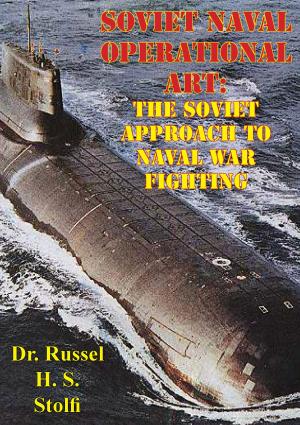Broken Stiletto: Command And Control Of The Joint Task Force During Operation Eagle Claw At Desert One
Nonfiction, History, Middle East, Persian Gulf War, Military| Author: | Major William C. Flynt III | ISBN: | 9781782899747 |
| Publisher: | Tannenberg Publishing | Publication: | November 6, 2015 |
| Imprint: | Tannenberg Publishing | Language: | English |
| Author: | Major William C. Flynt III |
| ISBN: | 9781782899747 |
| Publisher: | Tannenberg Publishing |
| Publication: | November 6, 2015 |
| Imprint: | Tannenberg Publishing |
| Language: | English |
This monograph examines Operation Eagle Claw, the attempt to rescue the American hostages held in Iran, for planning considerations pertinent to similar operations. It focusses specifically on the principle of war Unity of Command as a command and control imperative for a Joint Task Force composed of multiple services, organizations, and agencies.
To great extent Operation Eagle Claw’s history may parallel the characteristics of contingencies facing today’s Armed Forces. An unexpected crisis erupts, intense media coverage thrusts it before domestic and international audiences, a Joint Task Force is formed of all U.S. services, and a military operation is launched to protect and further American interests abroad. Because of the potential similarity between Operation Eagle Claw and future crisis situations, the operation’s command and control aspects are relevant for today’s planners to study.
Operation Eagle Claw failed. The failure can be directly attributed to a failure of leadership in ensuring Unity of Command. Although a dangerous and difficult mission, the operation’s undoing was not the impossible nature of the task assigned to the force, nor an unfortunate measure of “bad luck.” The failure of Operation Eagle Claw was preventable given strong leadership and a cohesive rescue force. These qualities were lacking, and the absence of Unity of Command was ultimately the causal reason for the operation’s many difficulties.
This monograph examines Operation Eagle Claw, the attempt to rescue the American hostages held in Iran, for planning considerations pertinent to similar operations. It focusses specifically on the principle of war Unity of Command as a command and control imperative for a Joint Task Force composed of multiple services, organizations, and agencies.
To great extent Operation Eagle Claw’s history may parallel the characteristics of contingencies facing today’s Armed Forces. An unexpected crisis erupts, intense media coverage thrusts it before domestic and international audiences, a Joint Task Force is formed of all U.S. services, and a military operation is launched to protect and further American interests abroad. Because of the potential similarity between Operation Eagle Claw and future crisis situations, the operation’s command and control aspects are relevant for today’s planners to study.
Operation Eagle Claw failed. The failure can be directly attributed to a failure of leadership in ensuring Unity of Command. Although a dangerous and difficult mission, the operation’s undoing was not the impossible nature of the task assigned to the force, nor an unfortunate measure of “bad luck.” The failure of Operation Eagle Claw was preventable given strong leadership and a cohesive rescue force. These qualities were lacking, and the absence of Unity of Command was ultimately the causal reason for the operation’s many difficulties.





![Cover of the book Leaping The Atlantic Wall - Army Air Forces Campaigns In Western Europe, 1942-1945 [Illustrated Edition] by Major William C. Flynt III](https://www.kuoky.com/images/2015/november/300x300/9781786252456-4Yqi_300x.jpg)
![Cover of the book The High Road To Tokyo Bay — The AAF In The Asiatic-Pacific Theater [Illustrated Edition] by Major William C. Flynt III](https://www.kuoky.com/images/2014/august/300x300/9781782898917-2fPd_300x.jpg)

![Cover of the book Letters On Strategy Vol. I [Illustrated Edition] by Major William C. Flynt III](https://www.kuoky.com/images/2015/november/300x300/9781786253682-u1uC_300x.jpg)






